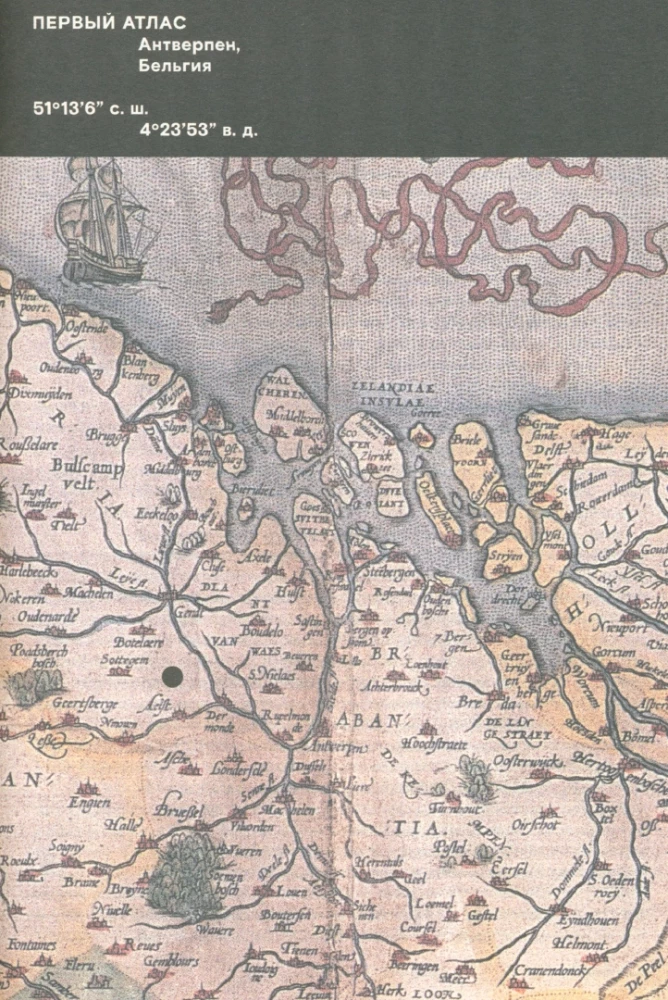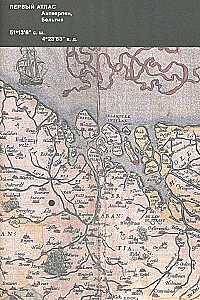The Theater of the World
The world became a theater long before the theater itself, and even more so before Shakespeare’s "Globe," precisely at that wonderful moment when a person saw fields, roads, and houses from a bird's-eye view and depicted them on stone in... a reduced scale. Thus, the first map on Earth appeared, two and a half thousand years ago, engraved on a rock in the Camonica Valley. A richly illustrated book by a Norwegian researcher offers a fascinating story of the creation of maps, guiding us through the entire journey from the enigmatic symbols of the first people to the Google Earth project, showing how the ability to represent what the world looks like evolved parallel to its exploration. Each chapter seems to open up scaffolding on which astonishing scenes are played out: the dramatically intense searches for the Northwest Passage, the mysterious Panotian Islands, "where people cover their completely naked bodies with their own ears," the unexpected discovery of the Mid-Atlantic Ridge and continental drift, the adventures of the "V-2" rocket, culminating in the emergence of the satellite "Transit" and GPS. But no matter how the world appears to humanity — be it Ptolemaic or Copernican, carved on a mammoth tusk or digitized in our mobile phones — it continues to captivate and lure us with its endless mysteries. Just as centuries ago, today, thanks to maps (which have become tactile and digital), we not only find the right path or order pizza but also discover our planet, our history, and, of course, new roles.
Author: Томас Рейнертсен Берг
Printhouse: Ad Marginem
Age restrictions: 16+
Year of publication: 2023
ISBN: 9785911037048
Number of pages: 320
Size: 240х165х25 mm
Cover type: soft
Weight: 420 g
ID: 1698094
5 January (Mo)
free
2 January (Fr)
€ 9.99
free from € 80.00
5 January (Mo)
free
2 January (Fr)
€ 9.99
free from € 80.00
















-medium.webp)


